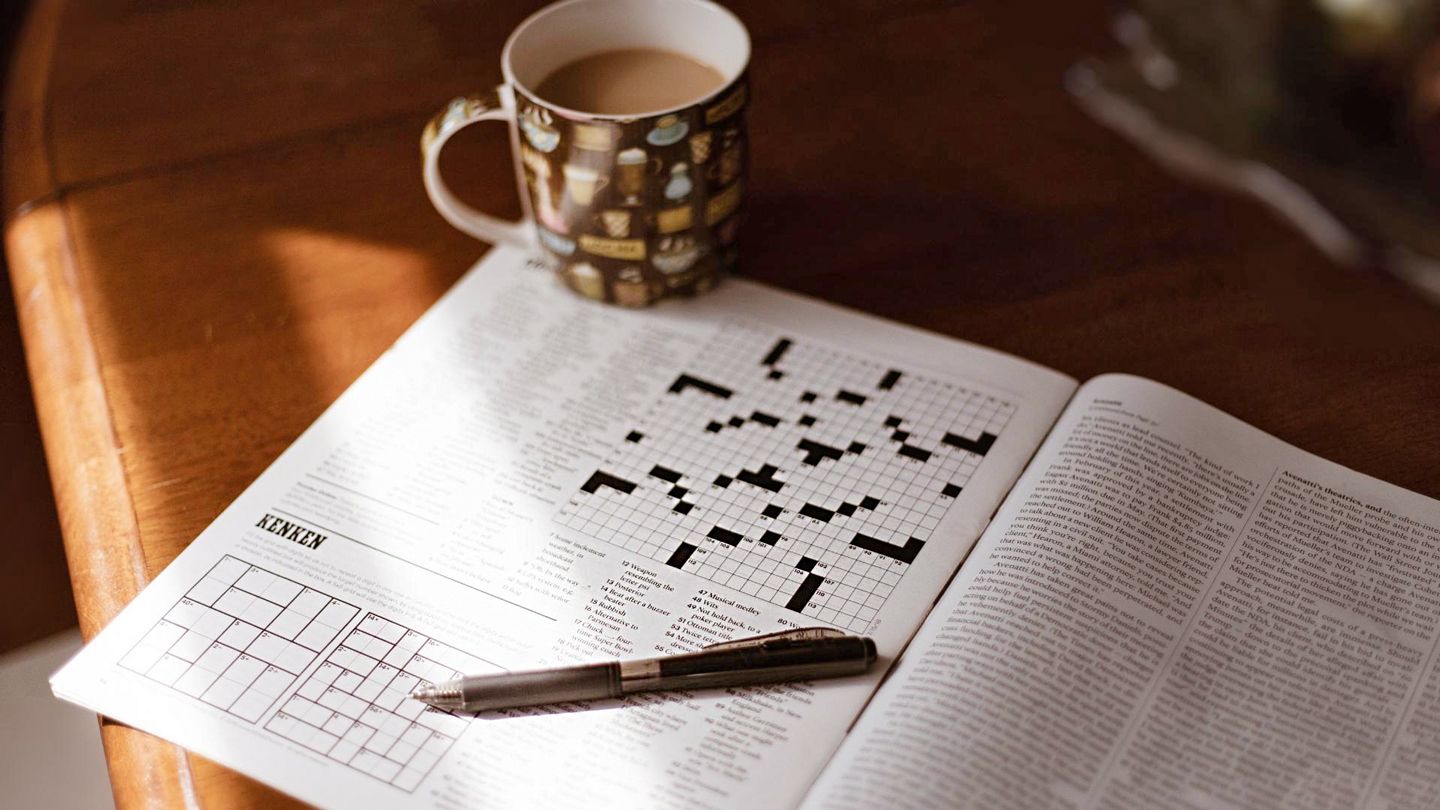In the world of crossword puzzles, the New York Times (NYT) Crossword stands as an iconic symbol of mental agility and intellectual challenge. Among its solvers, there’s a unique blend of excitement and trepidation each time a new puzzle is released. As anyone deeply embedded in this community will tell you, there are key techniques and strategies to enhance your solving prowess. One such method involves the memorization of four critical digits, a seemingly small but potent tool in the solver’s arsenal.
The Importance of Digits in Crossword Puzzles
Digits, though seemingly mundane, play a vital role in crossword puzzles. They serve not just as clues but as anchors that aid in the logical structuring of words and patterns within the puzzle grid. In the NYT Crossword, specific digits often recur, either as part of the clues or as part of the solutions. Memorizing these digits can streamline the solving process, allowing solvers to navigate through puzzles with greater efficiency.
Memory Techniques for Crossword Enthusiasts
Memory is a cornerstone of successful crossword solving. Techniques to enhance memorization are numerous, but when it comes to digits, specific methods can be particularly beneficial. The four digits in question often relate to common answers or clue types that recur in NYT crosswords. Learning these through mnemonic devices or spaced repetition can be immensely helpful.
The Power of Mnemonics
Mnemonic techniques are a tried and true method for enhancing memory. By associating the four crucial digits with vivid imagery or a memorable story, solvers can recall these numbers more easily. For instance, if the digits 1, 4, 7, and 9 frequently appear, one could create a narrative where these numbers play a pivotal role. Imagine a story where a clock (representing time, a recurring theme in crosswords) stops at 1:47:09. This vivid image helps cement the numbers in memory.
Spaced Repetition Systems
Spaced repetition is another effective technique. This method involves reviewing the four key digits at increasing intervals. Starting with daily reviews, moving to weekly, and then monthly ensures that the digits move from short-term to long-term memory. Many crossword solvers use apps designed for spaced repetition to keep their memorization on track. For more details, please visit.
The Intersection of Memory and Crossword Clues
Understanding how these digits interplay with crossword clues is essential. In NYT crosswords, certain clues and answers frequently reference numbers. Historical dates, mathematical terms, and common phrases often include specific digits. For instance, ’24’ might reference the number of hours in a day, a frequent clue in time-related puzzles.
Practical Application: Enhancing Your Solving Skills
Practice with Purpose
Practicing crosswords regularly is the best way to hone your skills. By focusing on puzzles that prominently feature digits, solvers can begin to see patterns and commonalities. Over time, the four digits you’ve memorized will start to stand out, guiding you more quickly to the correct answers.
Analyzing Puzzle Patterns
Another practical approach involves analyzing past puzzles. Look for recurring themes and digit-related answers. NYT crosswords are known for their thematic consistency, and recognizing these patterns can provide a significant edge. Create a log of puzzles and note where the four digits appear. This practice not only reinforces memorization but also enhances overall pattern recognition.
The Broader Benefits of Memorization
Beyond the immediate benefits in solving crosswords, memorization techniques for digits offer broader cognitive advantages. Improved memory leads to better recall in everyday life, enhanced learning abilities, and a more agile mind. These skills translate into other areas, such as learning new languages or mastering new subjects.
Strengthening Cognitive Connections
Engaging in activities that challenge your memory, like crossword puzzles, strengthens neural connections. This cognitive workout promotes mental flexibility and resilience, essential traits in both personal and professional contexts. The process of memorizing and recalling digits, then applying them in puzzle solving, is a powerful exercise for your brain.
Conclusion: The Four Digits in Your Crossword Journey
In the realm of NYT crosswords, the memorization of four critical digits serves as a small yet significant strategy for enhancing solving skills. By employing mnemonic techniques and spaced repetition, solvers can embed these numbers into their long-term memory, providing a valuable tool in their crossword-solving toolkit. This practice not only boosts crossword performance but also contributes to overall cognitive health and agility.
Crossword puzzles, especially those crafted by the NYT, are more than just a pastime; they are a rigorous mental exercise that sharpens the mind. As you embark on your next puzzle, remember the power of those four digits. Through dedication and strategic memorization, you can unlock new levels of solving proficiency, making each puzzle not just a challenge, but a rewarding journey of discovery and learning.



